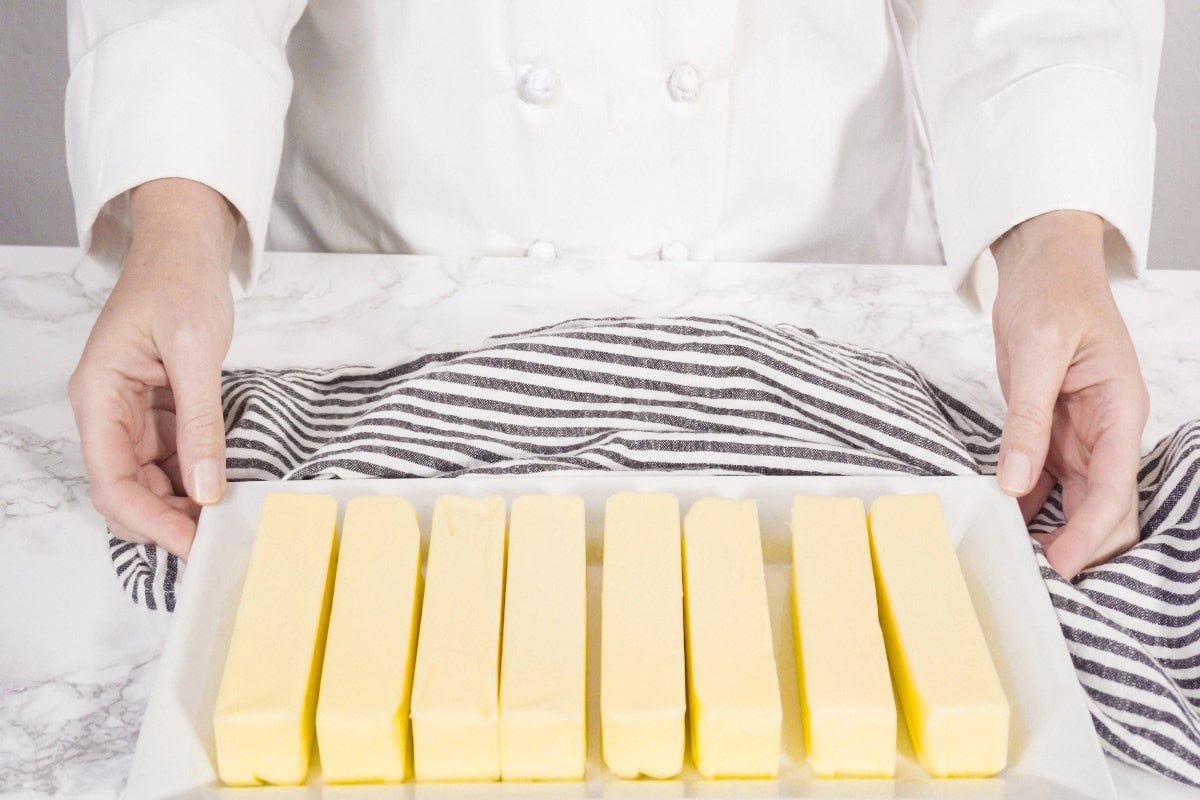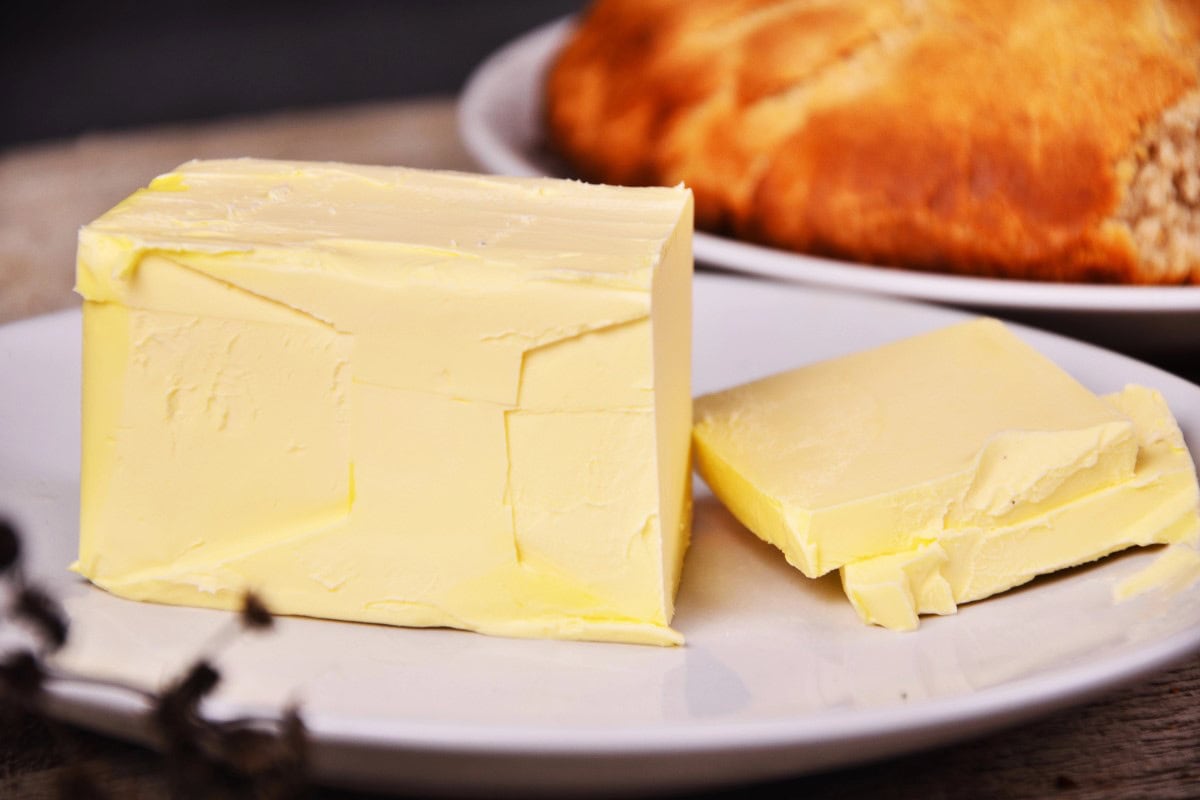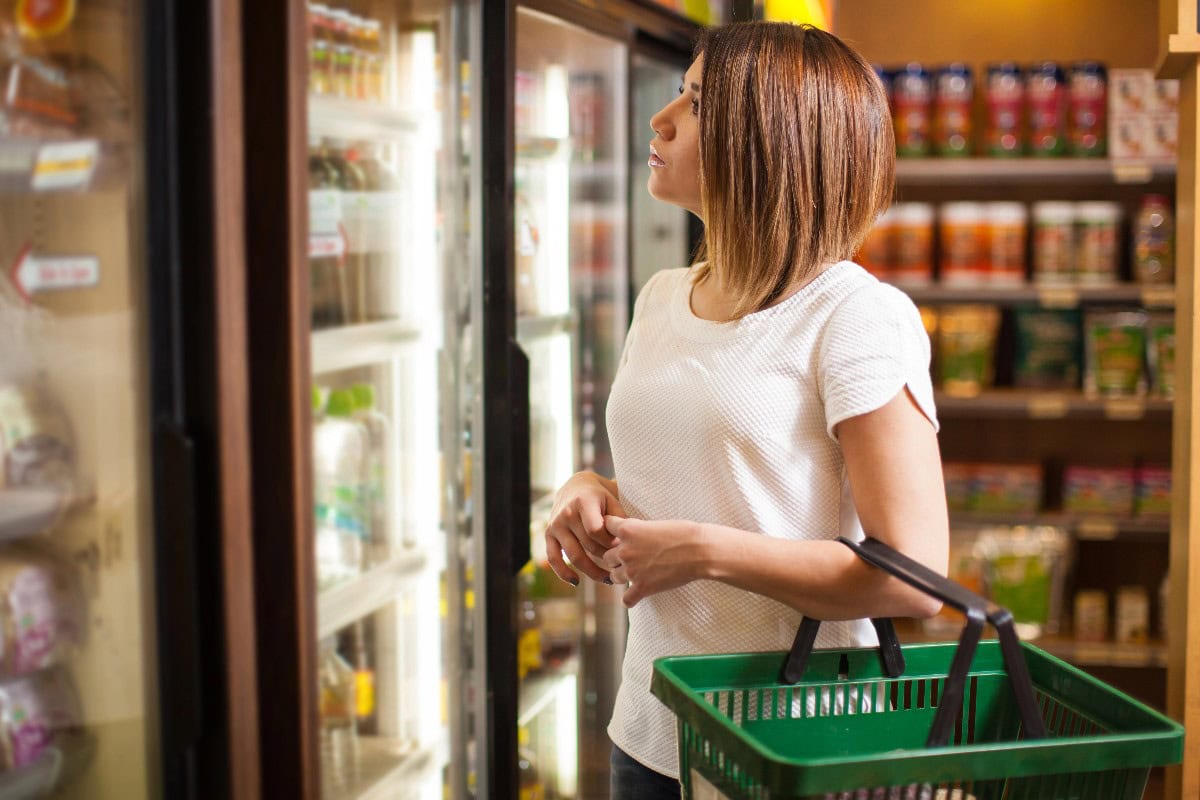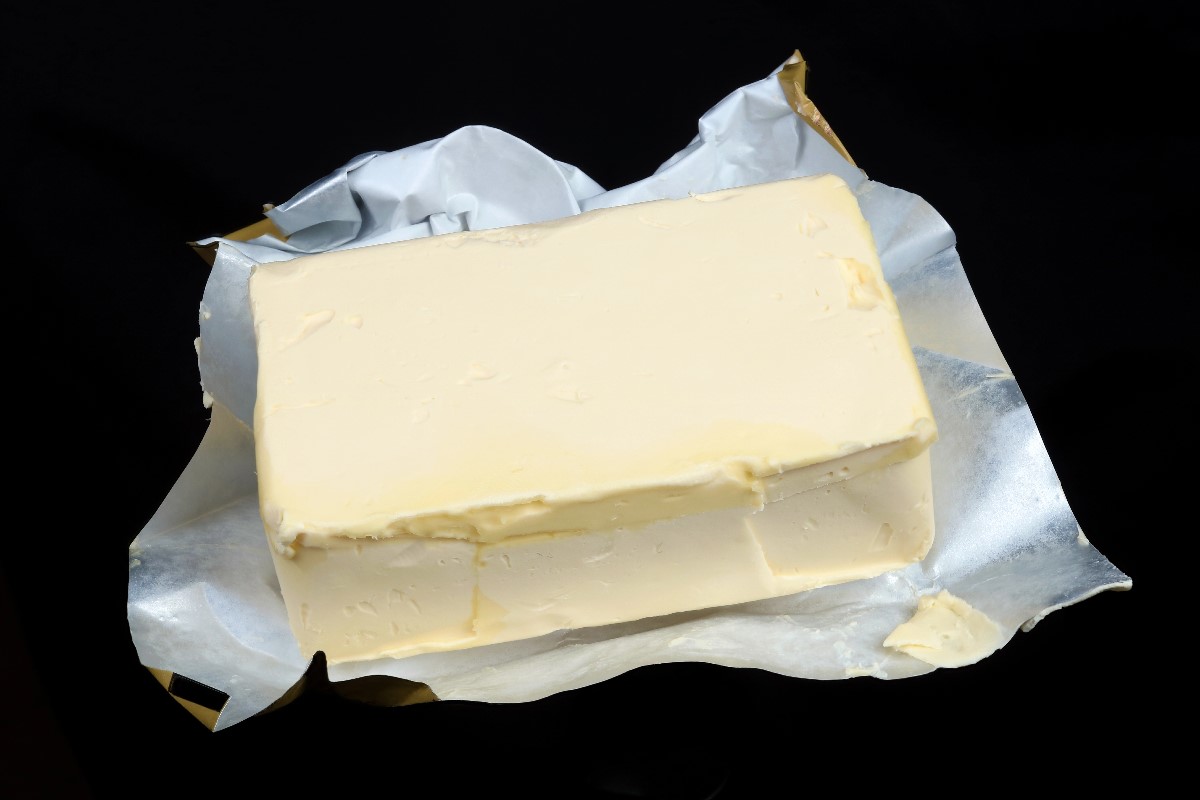This post may contain affiliate links which means I will get a commission if you make a purchase at no additional cost to you. As an Amazon Associate I earn from qualifying purchases. Please read my disclosure for details.
In the kitchens of Colorado’s family homes, a quiet but deliberate shift is unfolding. Once stocked with standard grocery staples, many refrigerators now make room for something far more curated, blocks of imported butter wrapped in foil or paper stamped with foreign scripts.
To outsiders, this may seem like an indulgence. To a growing number of Colorado parents, it is a conscious decision rooted in health, flavor, and a desire to give their children food that feels purposeful.
Richer in Taste, Lower in Additives

WANT TO SAVE THIS RECIPE?
Imported butter, particularly from European countries, is often made with higher butterfat content and fewer preservatives. Parents notice the difference not only in taste, but in how it cooks and spreads. The result is creamier, cleaner, and closer to traditional methods of churning.
Influenced by Travel and Global Palates

Many Colorado parents are part of a generation that has travelled widely and tasted broadly. They have memories of creamy Irish butter on fresh bread or silky French beurre on market croissants. Now, they bring those memories home, choosing butter that carries not just nutrition, but narrative.
A Response to Processed Grocery Culture

In a time when grocery shelves are filled with ultra processed options, imported butter offers something slower, simpler, and more honest. Parents are growing wary of blends, spreads, and products that substitute speed for substance.
Recommended by Pediatric Nutritionists and Chefs

More family focused nutritionists in Colorado are encouraging parents to embrace whole, full fat dairy over margarine or artificial alternatives. Imported butter often aligns better with this guidance. It provides necessary fats for brain development without excess processing.
A Growing Trust in European Dairy Standards

Parents often cite a deepening trust in European farming and dairy regulations, which typically restrict the use of certain additives and hormones. Countries such as France, Denmark, and Ireland adhere to stringent practices that emphasize animal welfare and pasture grazing.
A Subtle Way to Encourage Mindful Eating

By introducing imported butter at the family table, parents gently teach children to recognize and savor quality. A single piece of toast, thoughtfully made, becomes an opportunity to notice texture, depth, and aroma. This early exposure to mindful eating encourages appreciation over indulgence.
Related Post: 10 Cafes In The US That Became Overnight Sensations Because Of TikTok
Higher Butterfat Means Greater Satisfaction with Less

European style butters typically contain more butterfat than most American varieties, often 82 percent or higher. This richer composition means a smaller amount goes further, both in flavor and satiety. Parents note that children feel more satisfied with less volume.
Related Post: 12 Fast Food Chains In America That Outsiders Don’t Realize Are A Big Deal
The Influence of Farmers’ Markets and Specialty Grocers

Colorado’s thriving market culture, especially in cities like Boulder, Denver, and Fort Collins, has given parents direct access to imported dairy. Many discover these butters while browsing curated shelves that emphasize authenticity and origin.
Related Post: 11 Grocery Chains That Boomers Miss And Gen Z Will Never Know
Butter as a Bridge Between Generations

Some parents are returning to the butters their own parents or grandparents preferred, be it Danish Lurpak, French Isigny, or Irish Kerrygold. The choice becomes both practical and emotional, a nod to family traditions that once centered around simple, meaningful food.
Related Post: 12 Restaurants That Only Locals Know Have Michelin-Level Food Without The Price
A Rejection of Industrial Taste Profiles

Modern industrial butters are often whipped with air, sweetened, or blended to enhance shelf life. In contrast, imported butters offer a complexity of flavor that feels natural and satisfying. Colorado parents increasingly view this distinction as essential.
Related Post: 14 Farmers Markets That Are So Popular You Have To Arrive Before Sunrise
The Quiet Rise of Culinary Parenting

Feeding a child well is, for many Colorado families, a form of quiet creativity. Instead of fast food or shortcuts, they are exploring ingredients that teach as they nourish. Imported butter becomes part of this subtle culinary education. It elevates home meals, one slice of bread or bowl of rice at a time.
Related Post: 12 Cafes That Let You Stay All Day Without Buying More Than One Coffee
Sign up now to receive our exclusive e-cookbook filled with top-rated recipes for FREE!
The Cost Becomes Justifiable when Quality is Prioritized

While imported butter may cost more per ounce, many parents see it as a justifiable expense within a larger philosophy of eating less, but better. They often use it sparingly on weekend breakfasts or school lunch sandwiches, where it truly matters. In this context, butter becomes a symbol of conscious parenting.
Related Post: 14 Farmers Markets Where You’ll Spend More Than You Planned And Love It
Sign up now to receive our exclusive e-cookbook filled with top-rated recipes for FREE!
Colorado’s turn toward imported butter is not driven by trend but by thoughtfulness. Parents are seeking more than sustenance; they are seeking meaning in what they serve. A better butter may seem like a small gesture, yet it reflects a larger worldview that nourishment should carry quality, that childhood should taste of intention, and that even the simplest food can carry the deepest care.
Disclaimer: This list is solely the author’s opinion based on research and publicly available information.
13 Things Only Restaurant Kids Understand

Growing up in a restaurant isn’t like growing up anywhere else; it’s loud, fast, and unforgettable. While other kids were playing video games, restaurant kids were learning how to refill napkin holders.
From the back-of-house chaos to the smell of fryer oil in your clothes, it shaped who you became. If you were raised in a family restaurant, these moments will hit close to home.
Read it here: 13 Things Only Restaurant Kids Understand
How to Save $100+ Every Month at the Grocery Store

From planning your meals to avoiding sneaky upcharges in the snack aisle, here’s a realistic guide to trimming your food budget without adding stress to your week.
Read it here: Things Moms Waste Money On (and Don’t Even Know It)
Is Walmart+ Still Worth It in 2025? The Truth After 3 Years

Is the new Walmart Plus worth the annual fee or is it just another failed version of Amazon Prime? I spent my own money trying this service out for 12 months and counting. I have a lot to say about the benefits and drawbacks in this Walmart+ honest review.
Read it here: Is Walmart+ Worth It? Honest Review 3 Years Later!
You’ll love these related posts:
- 10 Farmers Markets That Will Make You Ditch Processed Food for Good
- 13 Bodegas Where The Vibe Is As Important As The Food
- 15 Farmers Markets In Urban Areas That Feel Like Rural Escapes
- 15 Fast Food Chains That Only Exist In One State And People Are Obsessed
- 11 Grocery Chains That Have The Most Loyal Shoppers In The Country
